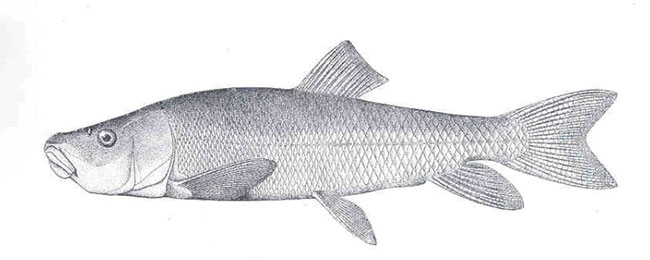
Features
Restocking
Saving the shortnose sucker
A small number of Lost River and shortnose sucker fish were released along the shores of Oregon’s Upper Klamath Lake several weeks ago.
August 2, 2018 By Quentin Dodd
 A small number of Lost River and shortnose sucker fish
A small number of Lost River and shortnose sucker fishThe fish were the first of growing numbers destined to be raised in captivity and then released into the lake, thanks to the efforts of the US Fish and Wildlife Service.
Alan Mikkelsen, senior advisor to Secretary of the Interior Ryan Zinke, was on hand to give a symbolic helping hand to USFWS personnel, letting the fish go into the wild and answer media questions about the program.
Mikkelsen said the fish were the first cohort of what the federal government expects to be many more releases in ensuing years, in a bid to stabilize then increase the population of suckers in the lake.
Mikkelsen acknowledged that initial releases won’t likely address concerns of the Klamath Tribes. The tribes said that while they appreciated the effort, they felt strongly it needed to be done on a much larger scale to be effective.
Mikkelsen noted that the first release is just to give scientists an idea of how the fish will do and what kind of numbers can be expected to survive.
He indicated that the plan was to release double the numbers the following year and then double that again a year later.
The Bureau of Reclamation approved a budget of $300,000 a year for the project, to help it with two fish biologists, a biological technician and a contract aquaculture expert.
Captured while in their larval stage in the Williamson River two years ago, the fish spent the last 18 months at the privately-owned Gone Fishing aquaculture operation not far from Klamath Falls.
The assisted rearing approach differs from a traditional hatchery program because larvae are collected from the wild rather than collecting and rearing the eggs by artificially breading adults in captivity. The traditional hatchery approach is more costly and can cause undesired results, such as reduced genetic diversity and high early life mortality.
The agency had projected that the Lost River sucker could go extinct within the next 30 to 50 years, with the shortnose left with as few as 15 years, based on current trends and mortality rates and data.
Print this page





